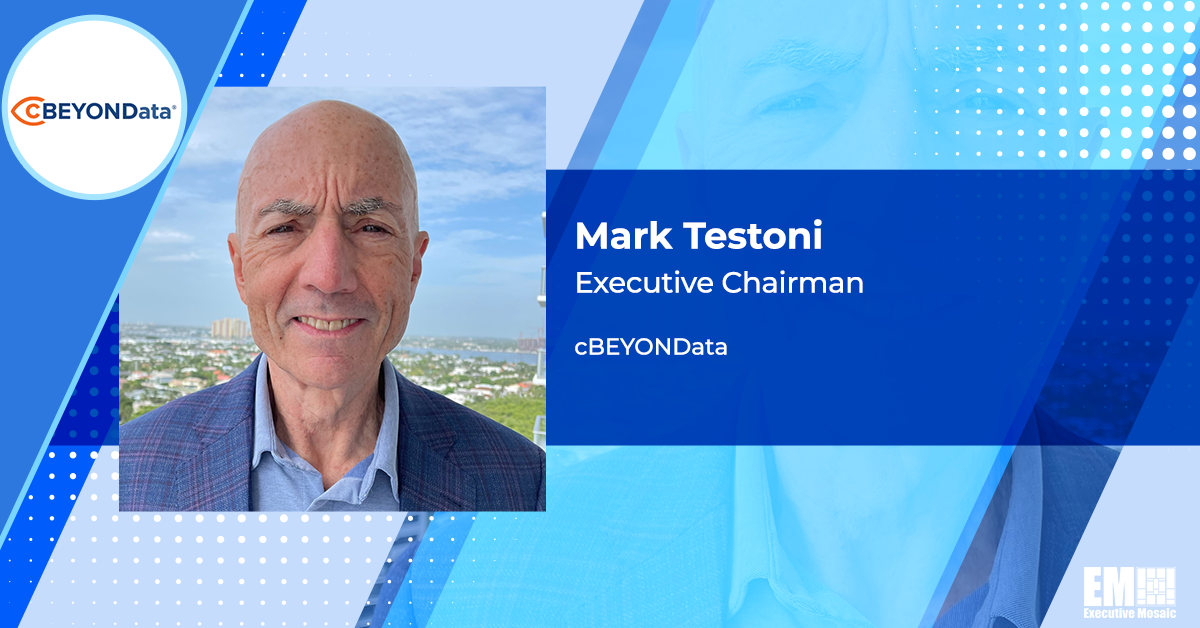
Government and industry representatives gathered Tuesday for the Potomac Officers Club™s The Future of Algorithmic Warfare Forum, anchored by a panel of defense and intelligence experts and keynote speaker Lt. Gen. John N.T. œJack Shanahan, director for defense intelligence (warfighter support) at the Office of the Under Secretary of Defense for Intelligence.
Introduced by Mark Testoni, SAP NS2™s president and chief executive, and a three-time Wash100 winner, Shanahan focused on the military application of artificial intelligence and machine learning, including the Defense Department™s Project Maven. In his opening remarks, Shanahan said his job is œunderstanding where the department needs to go [with AI], while at the same time ¦ just getting us to the next step.

When discussing AI or machine learning, Shanahan opined, people think of the extreme scenarios. They either fear the worst case where machines take over the world, or want the best case where robots do whatever we wish. In Shanahan™s view, neither is accurate. Rather, he says, the future of human-machine interaction lies in people leveraging AI capabilities to maximize efficiencies across government and industry.
Though, Shanahan highlighted two key problems with bringing AI into the defense realm: cloud architecture pacing and mismatched systems. Regarding the first, the government faces an inability to keep pace with the rapid change of technology, especially when it comes to the cloud. On the second, Shanahan explained, œThe hardest part [of implementing artificial intelligence] is getting AI to work in systems that were never intended to use AI. To address these challenges, he proposed employing commercial solutions, specifically the commercial cloud.
However, Shanahan stressed we must have a common foundation enabling decentralized execution. Project Maven is only one slice of the entire intelligence enterprise, he said, with disparate algorithms needing to be brought together to form a type of fusion engine. There is a lot of commonality in the AI we require, from rockets to cybersecurity, Shanahan added.
 Both Shanahan and the expert panel stressed that ethics and safety guide their decision-making when developing these future operational algorithms. They pointed out that human-AI teams can potentially save lives during humanitarian crisis, supported by real-time video analysis of those in need. On the other end of the spectrum, AI and machine learning can be used to protect cyber infrastructure and systems, including everything from banking to hospitals.
Both Shanahan and the expert panel stressed that ethics and safety guide their decision-making when developing these future operational algorithms. They pointed out that human-AI teams can potentially save lives during humanitarian crisis, supported by real-time video analysis of those in need. On the other end of the spectrum, AI and machine learning can be used to protect cyber infrastructure and systems, including everything from banking to hospitals.
The discussion highlighted the DoD™s goal of leveraging this technology in ways to scale and support citizens, as well as maintain military superiority. The future of warfare won™t be different with AI, Shanahan told the audience, only the execution of the technology will change “ our AI will be used to counter the enemy™s AI.






